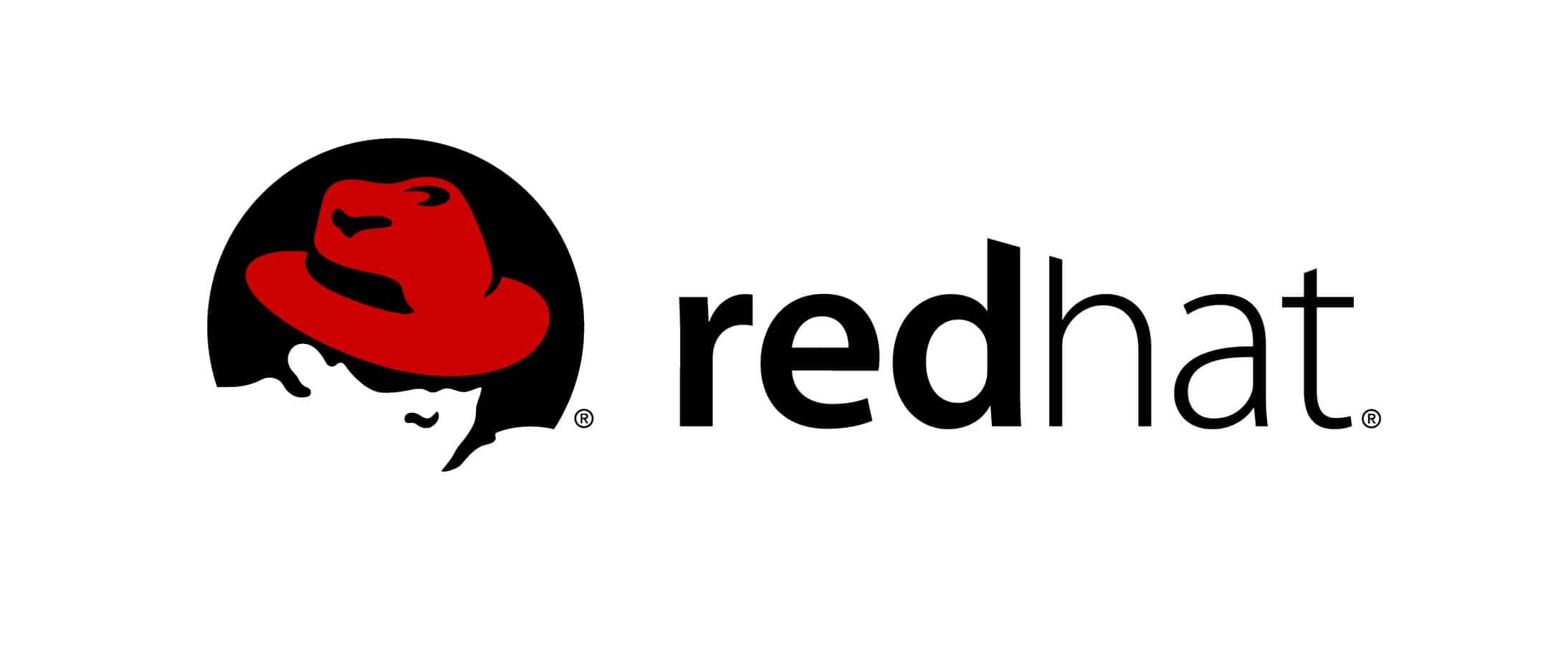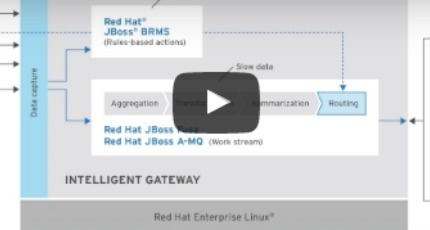Getting Started with the IoT: The Intelligent Gateway, Part 1 of 2
Red Hat is a provider of open source, enterprise IT solutions and supports the development of applications that leverage data from devices connected to the Internet of Things (IoT). In this video, Ken Johnson, Senior Director of Product Management at Red Hat, discusses the emerging de facto standard of a three-tier architecture for scalable IoT projects, and the importance of planning for scale from the beginning of an IoT project.
Learn more at www.RedHat.com/iot.
To view part 2 of this series, click here.
Transcript
By using a technology stack in the enterprise that is modular, componentizable, that can be extended out to the gateway, you can adopt a footprint of software, a footprint of technology and expertise that spans multiple tiers of your architecture. You don’t have to think about “I have my back end, I have to go buy or acquire or bolt on some other thing for this mid tier.” If you’re thinking about scaling, and the nature of your solution demands multiple instantiations of the mid tier, you don’t want to have a proliferation of different technology. If you can extend your core technology stack out there, you’ll benefit from consistency, you’ll benefit from leveraging your skills across different tiers of the architecture.
Adrian Bowles: It sounds like the key there is that even if you’re building something, you just want to show that, yes, I can get my Raspberry Pi to talk to something else, that in your design you’re going to abstract out that middle gateway. You know you’re going to need it if you actually put this in production. What you’re suggesting is start with the middle tier in mind and know that it’s going to be there, and build accordingly.
Ken Johnson: You have to simulate it with software. You don’t actually need to have a physical instantiation of that. Run a software stack as if it was a gateway. Have your communication go through that; simulate the real environment. Most importantly choose the approach, choose the segmentation of functionality, choose the tools and technology that fit that best.
Adrian Bowles: As people start to talk about, Agile etc. It’s like “I have to be able to take whatever I can do and incrementally do it” and what you’re suggesting, you ought to be thinking about that architecture before you make any decisions.
Ken Johnson: Yup.
Adrian Bowles: All right. Well thanks.
If you want more information about how Red Hat is working with the IoT, go to RedHat.com. For more videos in this series, you can go to RTInsights.com.
First Look Video Series
-
A detailed overview of Red Hat’s Intelligent Gateway and its role as an abstraction layer between IoT devices and the datacenter.
Special Report
-
Learn how smart transportation systems with enhanced automation can improve the performance and security of rail systems.
Connect with Red Hat
About Red Hat
Red Hat, the world’s leading provider of open source software solutions, delivers reliable and high-performing cloud, Linux®, middleware, storage, and virtualization technologies that help you collect, communicate, transform, store, and act on critical data generated by the Internet of Things (IoT). Red Hat offers a single, extendable, and secure foundation to support the end-to-end life cycle of IoT solutions—from development to production.
Red Hat brings intelligence to the edge, bridging the gap between IT and operational technology for connectivity and interoperability between IoT devices, gateways, datacenters, and the cloud.
Learn more at redhat.com/iot.






